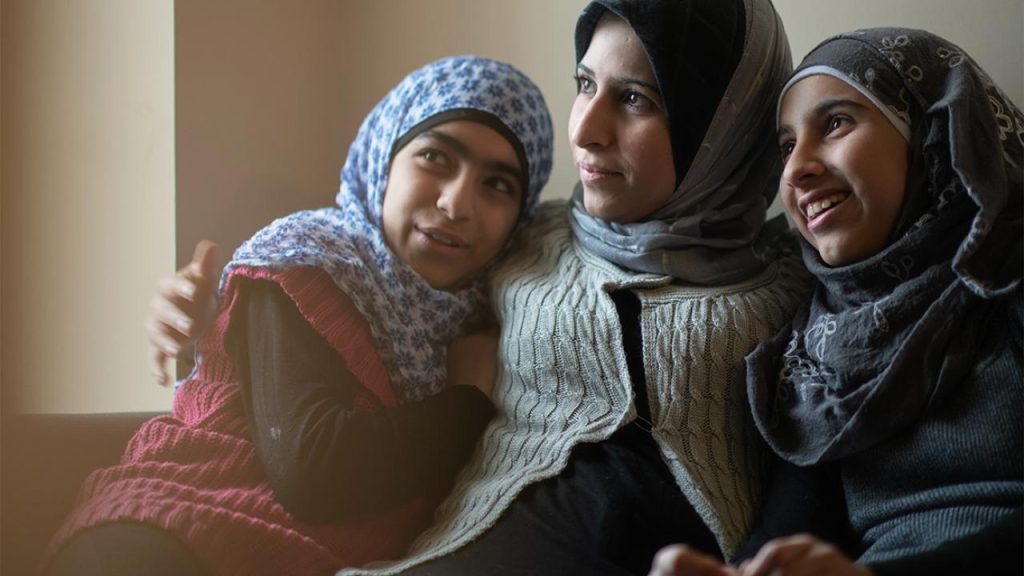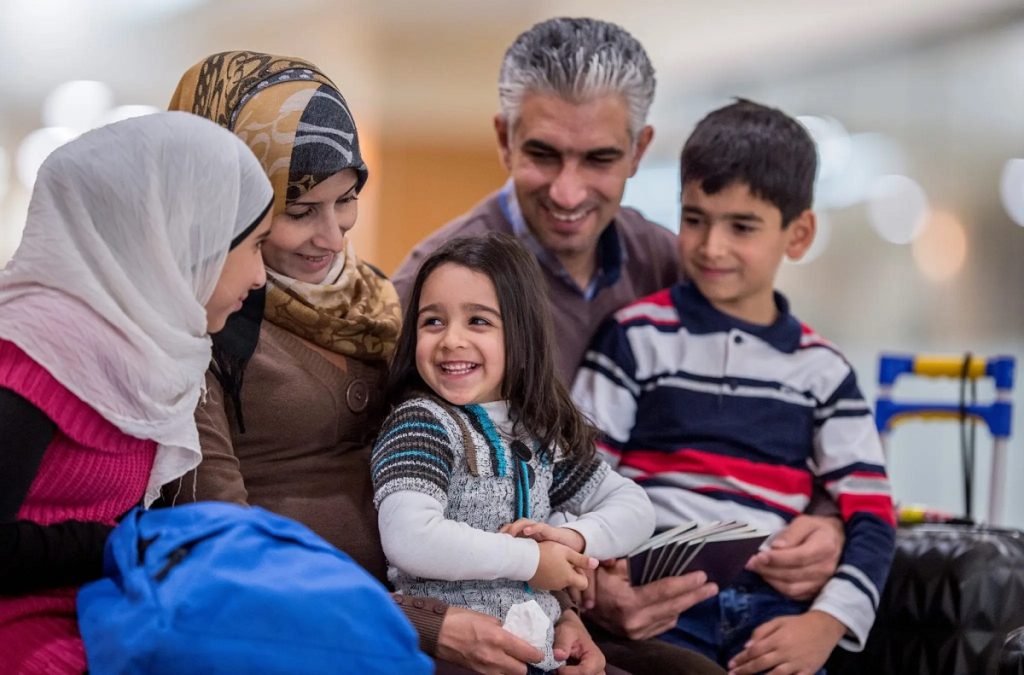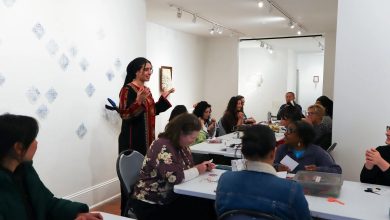Arab Diaspora in the USA: Heritage, Identity, and Contributions
A deep look at Arab-American history, cultural contributions, and civic engagement.

The Arab diaspora in the United States is one of the largest outside the Arab world, numbering an estimated 3.7 million people, according to the Arab American Institute. This community is diverse, including immigrants and descendants from Lebanon, Palestine, Egypt, Iraq, Syria, Jordan, Yemen, Morocco, Sudan, and other Arab countries. Concentrated in states like Michigan, California, New York, New Jersey, Illinois, and Texas, Arab-Americans have played a central role in U.S. cultural, economic, and political life.
Migration History
-
Early Migration (Late 1800s – Early 1900s): The first major wave of Arabs—mainly Lebanese and Syrians—arrived seeking economic opportunities. Many worked as merchants and small business owners.
-
Post-1965 Immigration: After U.S. immigration laws changed, more Arabs arrived, including professionals, students, and families seeking better opportunities.
-
Refugee Communities: Wars in Palestine, Iraq, Syria, and Yemen led to refugee resettlement programs that brought many Arabs to American cities.

Cultural Contributions
The Arab diaspora has enriched American society in multiple ways:
-
Cuisine: Foods like hummus, falafel, shawarma, and baklava are now mainstream in U.S. dining.
-
Arts and Literature: Arab-American poets and writers such as Khalil Gibran, Naomi Shihab Nye, and Mohja Kahf have influenced American literature.
-
Music and Film: Arab musicians and filmmakers promote cultural exchange and challenge stereotypes.
Social and Political Engagement
Arab-Americans are active in U.S. civic life. They have established mosques, churches, cultural centers, and nonprofits that strengthen community ties. Politically, Arab-Americans advocate for civil rights, immigrant protections, and fair representation. In recent years, Arab-American politicians have gained visibility, including Rashida Tlaib, one of the first Muslim women elected to Congress.
Challenges Facing the Arab Diaspora
Despite its successes, the Arab-American community faces obstacles:
-
Discrimination and Islamophobia: Particularly after 9/11, Arabs and Muslims faced increased profiling and negative stereotypes.
-
Identity Struggles: Younger generations balance Arab heritage with American identity, often navigating cultural duality.
-
Media Representation: Mainstream media often underrepresents or misrepresents Arab-Americans.
Strength in Solidarity
Arab-Americans have responded with resilience. Organizations such as the Arab American Institute (AAI), American-Arab Anti-Discrimination Committee (ADC), and local Arab cultural associations provide platforms for advocacy, education, and empowerment. Community events, festivals, and Arab heritage celebrations keep traditions alive while promoting understanding among wider American society.

Conclusion
The Arab diaspora in the USA is a story of resilience, adaptation, and contribution. While facing unique challenges, Arab-Americans have built thriving communities that enrich the cultural and political fabric of the United States. Their presence continues to highlight the importance of diversity in shaping a more inclusive America.



